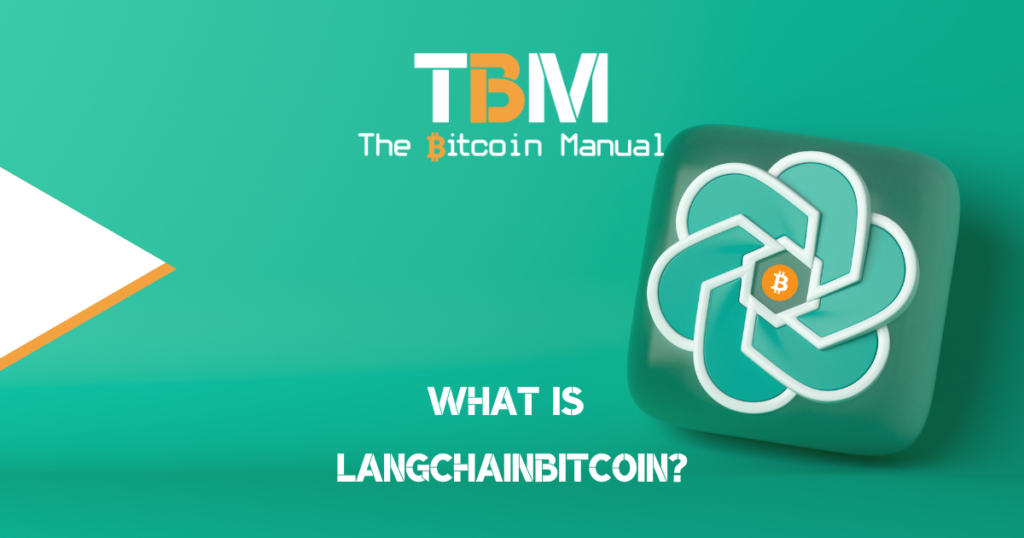What Is An Atomic Swap?

Bitcoin was meant to usher in a world of decentralised finance, where you would not need to trust a third party to transact. Still, most users acquire or trade Bitcoin via a third-party centralised exchange. Centralised exchanges (CEX) offer a familiar trading experience that you would find when trading paper contracts like stocks, fiat or […]
What Is The Liquid Federation?

Bitcoin’s ability to scale is limited by design trade-offs made in the past that optimise for security and decentralisation; as a result of no compromise on those two pillars of the network, scalability on-chain is sacrificed. Today the number of transactions the network can safely secure with every block would not be able to support […]
What Is An Electrum Server?

Running your own Bitcoin node is the best way to grasp the Bitcoin experience and what is involved in managing your own money. It eliminates custodians and intermediaries and gives you the highest level of security possible since you’re interacting directly with the chain. While many first-time Bitcoiners are rightly concerned with the movement of […]
What Is Bitcoin Core?

Bitcoin is a decentralised digital currency launched in 2009. It requires a network of nodes to store a copy of the ledger and validate blocks and a set of miners that convert energy into hash power so that blocks can be mined. Bitcoin is based on a peer-to-peer network that allows users to send and […]
What Is ANYPREVOUT?

As Bitcoin has grown into a network that holds several billion in value and clears billions per day in transactions, you can understand that any proposed changes will be combed over for every spelling mistake. The amount of value people have invested in it and the amount of value it creates by settling transactions is […]
What Are Lightning Fee Rate Cards?

To successfully run a Lightning node, you need to understand how the Lightning Network works; it is not some plug-and-play operation where you can set it and forget it. When you commit funds to the Lightning Network, you’re dealing with funds in a hot wallet that is connected with another peer and needs to remain […]
What Are Lightning Network Negative Fees?

When you run a Bitcoin Lightning node, you have the advantage of being able to route payments through this network at a far cheaper rate than you would on-chain, but to do so, you’re dealing with an entirely different environment. Lightning lives on top of the Bitcoin blockchain, but it has its own set of […]
What Are StateChain Lightning Channels?

Bitcoin has revolutionised the way we think about money and transactions. However, one of the biggest challenges facing Bitcoin today is scalability and the reality of bringing this network to the next billion people without it completely baulking under the demand to settle transactions quickly and privately. As the number of users and transactions on […]
What Is LangChainBitcoin?

Large language models (LLMs) are a type of artificial intelligence (AI) that are trained on massive datasets of text and code. This allows them to perform a variety of tasks, such as generating text, translating languages, and writing different kinds of creative content. In the last year, LLMs have become increasingly popular, with Open-AI’s GPT-3 […]
What Is A Statechain CoinJoin?

Bitcoin is an open monetary network that anyone can use as long as they have the software to communicate with the network. Your method of interacting with the network can be as simple as using a software wallet and broadcasting via a third-party node, or you can talk to the network directly via your own […]
